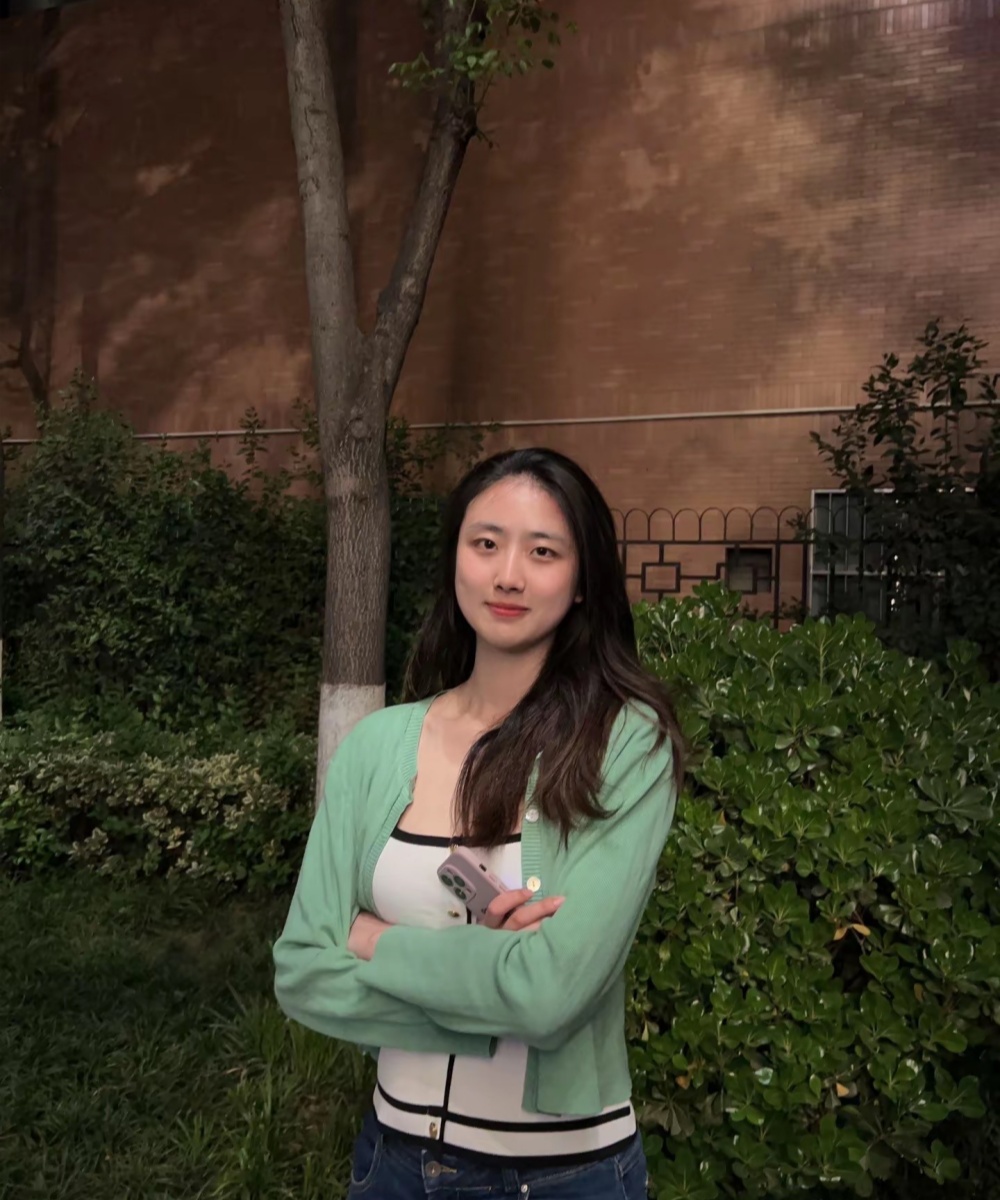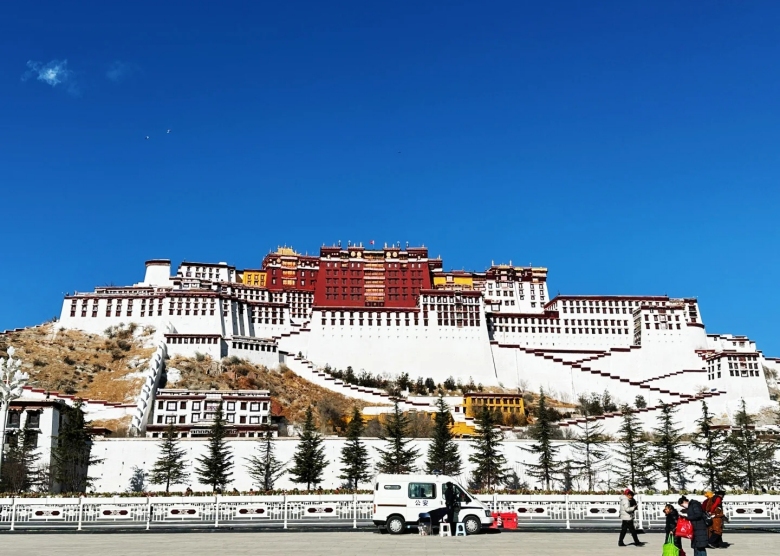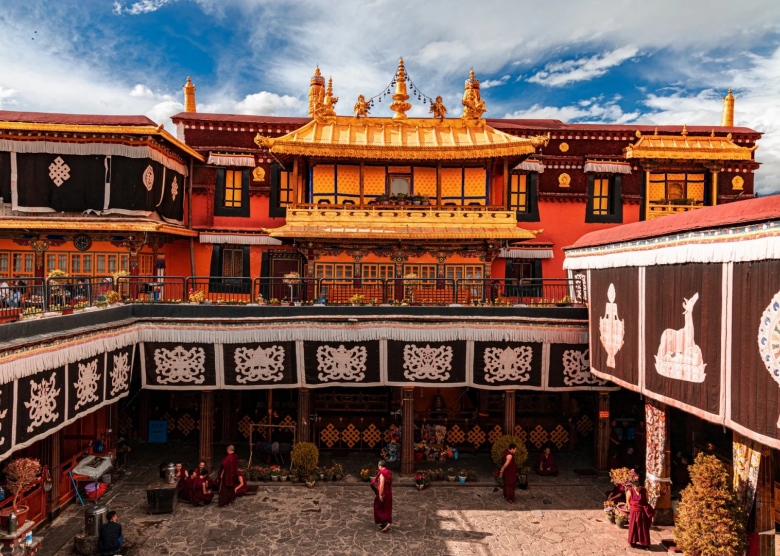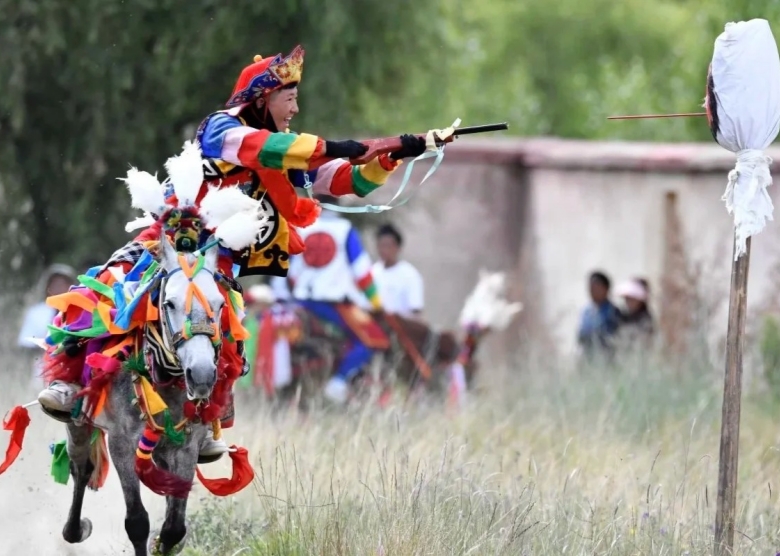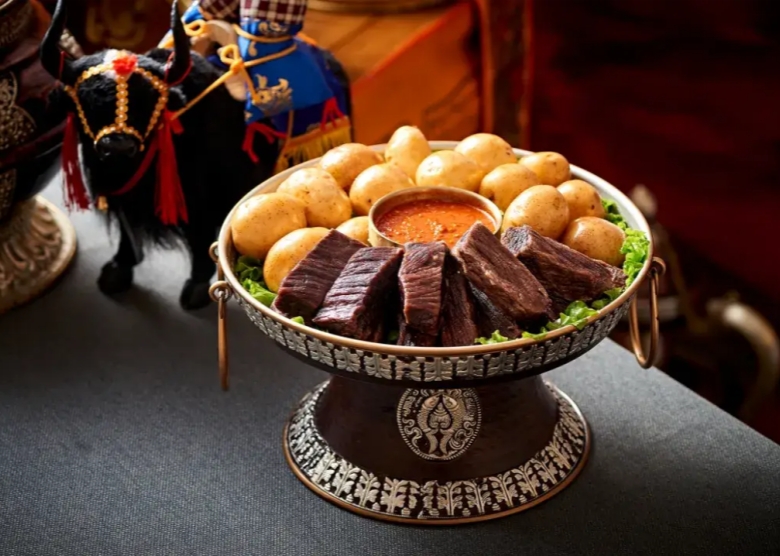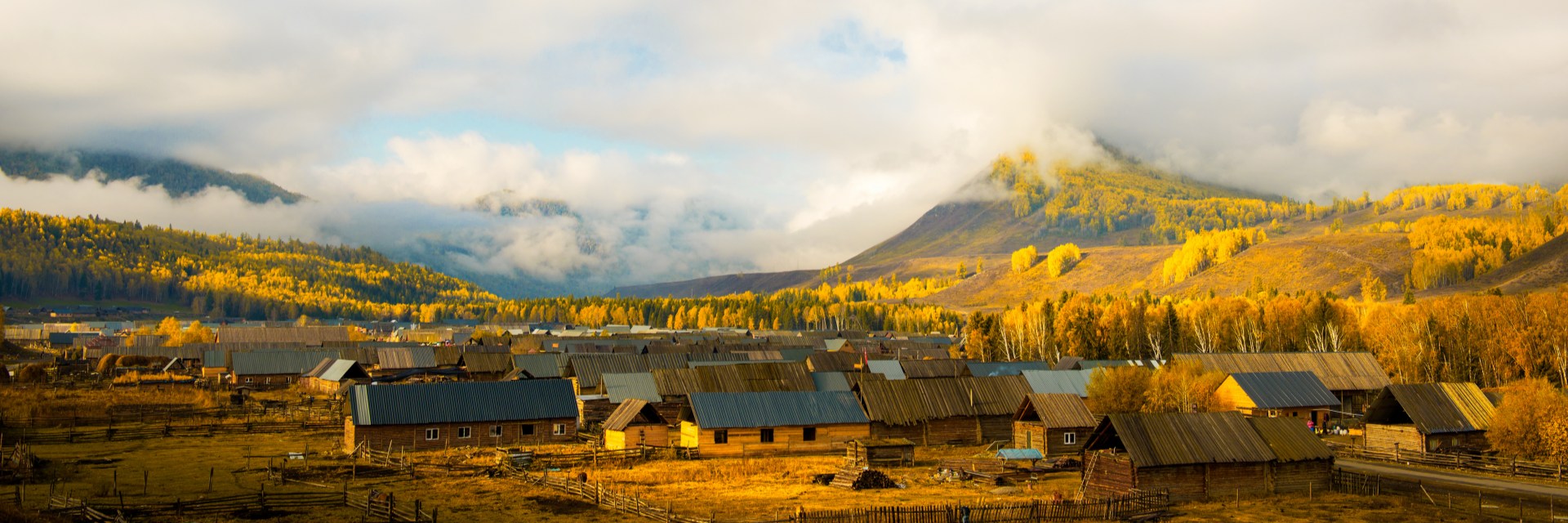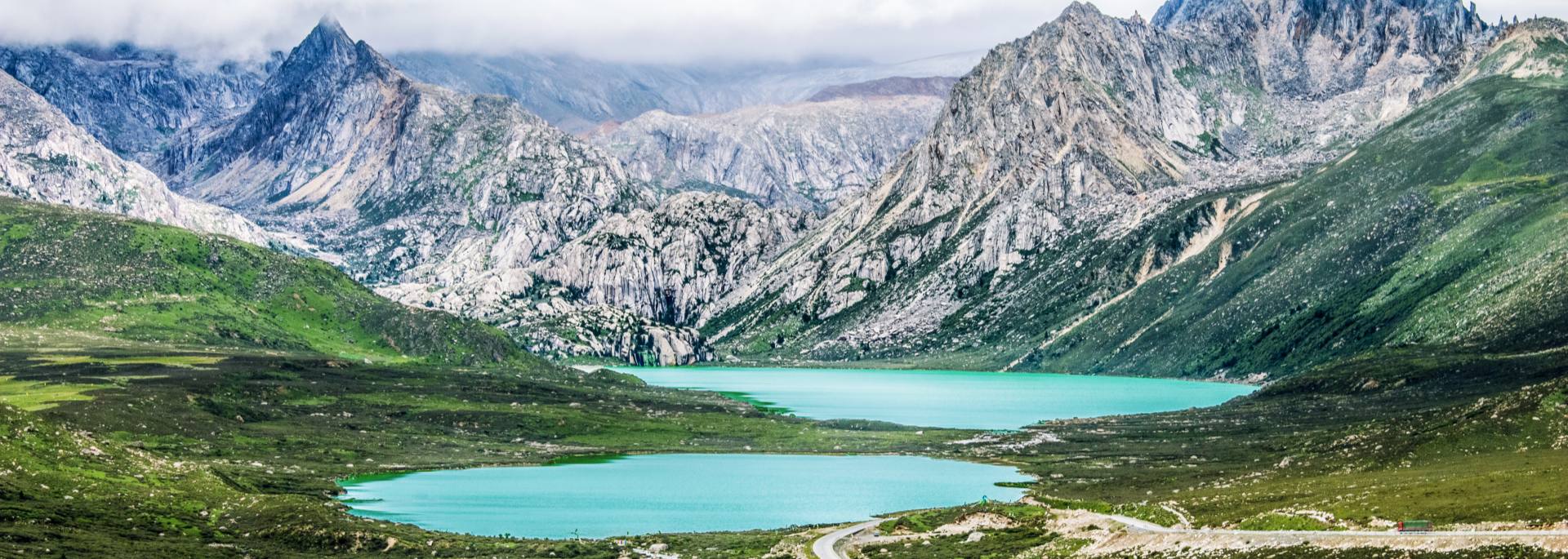
Best Time to Visit Tibet
Tibet’s beauty changes with the seasons, offering something special at every time of year. From clear mountain skies in spring and summer to colorful festivals in autumn and snow-dusted peaks in winter, the best time to visit depends on what you want to experience. Whether you’re seeking pleasant weather, cultural events, or fewer crowds, we help you choose the ideal time based on your interests and travel style.
Our tailor-made itineraries ensure that your journey through Tibet is not only well-timed but also rich in personal meaning, comfort, and unforgettable moments—no matter the season.
Tibet Travel Tips for Each Season
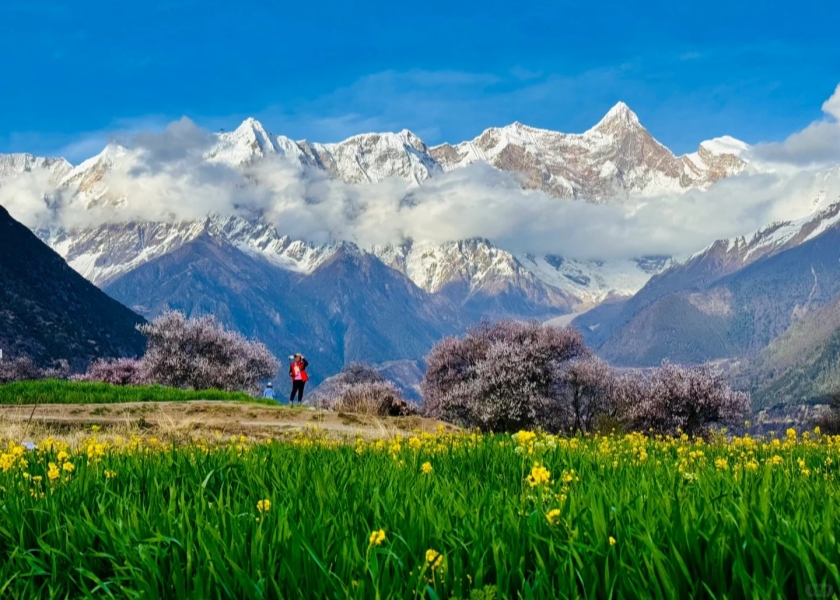
March – May
Spring in Tibet brings clear skies, rising temperatures (5–15°C), and fewer tourists. Snow still lingers in some regions, but major roads reopen. It’s an ideal time to visit Lhasa and Shigatse for serene views and cultural exploration. Trekking in lower-altitude areas begins to be feasible, offering stunning scenery with blooming wildflowers and snow-capped peaks.
Festivals: The Butter Lamp Festival (early March) in Lhasa is a beautiful event with thousands of lamps lit in memory of Tsongkhapa, founder of the Gelug school.
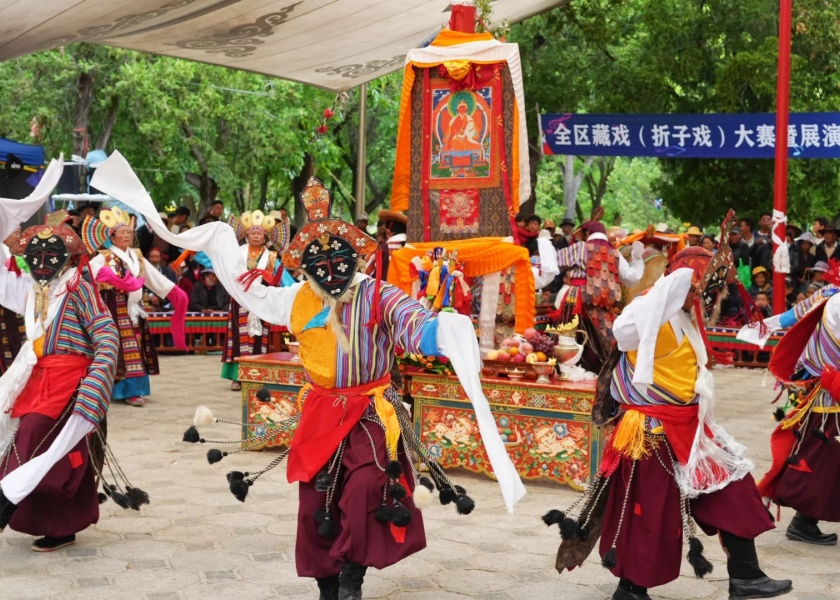
June – August
Summer is Tibet’s warmest season (10–22°C) and peak travel time. It’s great for exploring Everest Base Camp, Namtso Lake, and enjoying lush green grasslands. While occasional rainfall occurs (mostly at night), the skies are usually bright during the day. It’s also a prime season for photography and outdoor activities like trekking and camping.
Festivals: Don’t miss the Shoton Festival in August, held at Drepung and Sera monasteries. It features Tibetan opera and the unveiling of a giant Buddha thangka.
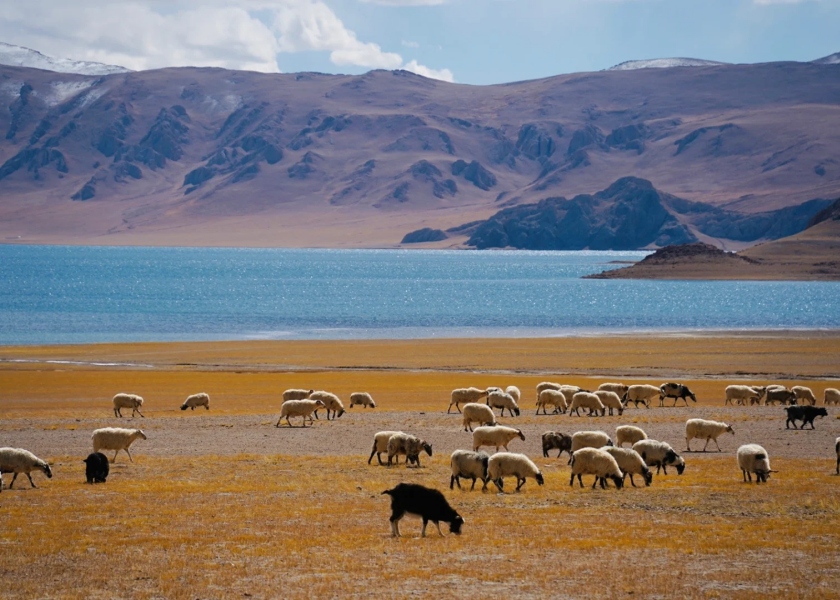
September – October
Autumn offers crisp air, dry weather, and stunning golden landscapes. With daytime temperatures around 8–18°C, this season is ideal for visiting Mount Kailash and the Yarlung Valley. Clear skies make it a fantastic time for photography, trekking, and spiritual journeys.
Festivals: The Barkhor Street Festival and some harvest celebrations may be encountered in rural areas, reflecting the region’s cultural richness and thanksgiving traditions.
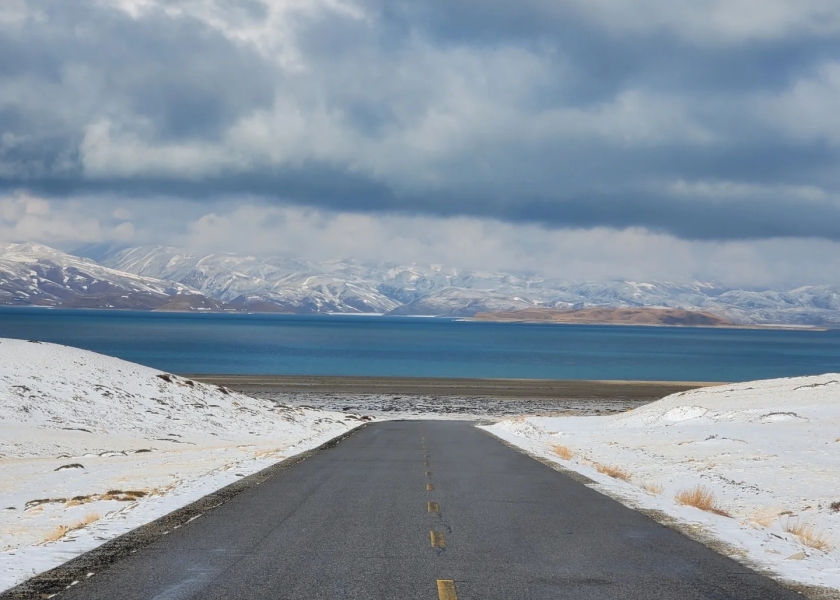
November – Feburary
Tibet’s winter is cold (−10 to 10°C) but dry and sunny, especially in Lhasa. It’s the least crowded time, making visits to the Potala Palace, Jokhang Temple, and monasteries more intimate. While some high-altitude routes close, many central attractions remain accessible. This season offers authentic local life without tourist crowds.
Festivals: Winter hosts Tibetan New Year (Losar), typically in February. It’s the most important festival, filled with dances, religious rituals, and family celebrations—an enriching time to witness Tibetan culture.
Popular Tibet Tours & Travel Guides
Explore our most popular tours and expert travel guides—designed to inspire, inform, and help you plan a journey that truly fits your style.
-
![Private Lhasa Tour]()
![Jokhang Temple]()
Top Things to do in Tibet | Tibetan Cultural Tour ![Tibet Tours]()
Top Things to do in Tibet | Tibetan Cultural Tour
Top Things to do in Tibet | Tibetan Cultural Tour
If you’re planning your own journey, here are my recommendations for the top things to do in Tibet, with a special focus on Tibetan culture.
Read this articleFamous Tibetan Foods | What to Eat in Tibet ![Tibet Foods]()
Famous Tibetan Foods | What to Eat in Tibet
Famous Tibetan Foods | What to Eat in Tibet
Tibetan cuisine reflects the harsh but beautiful environment of the plateau, where high altitude and cold weather shape what grows, what’s raised, and what’s cooked.
Read this article![Get in touch with us]() Tell us your preferences, and we will get back to you within 0.5-24 hours with a tailor-made travel plan.
Tell us your preferences, and we will get back to you within 0.5-24 hours with a tailor-made travel plan.
Get in Touch With Us
